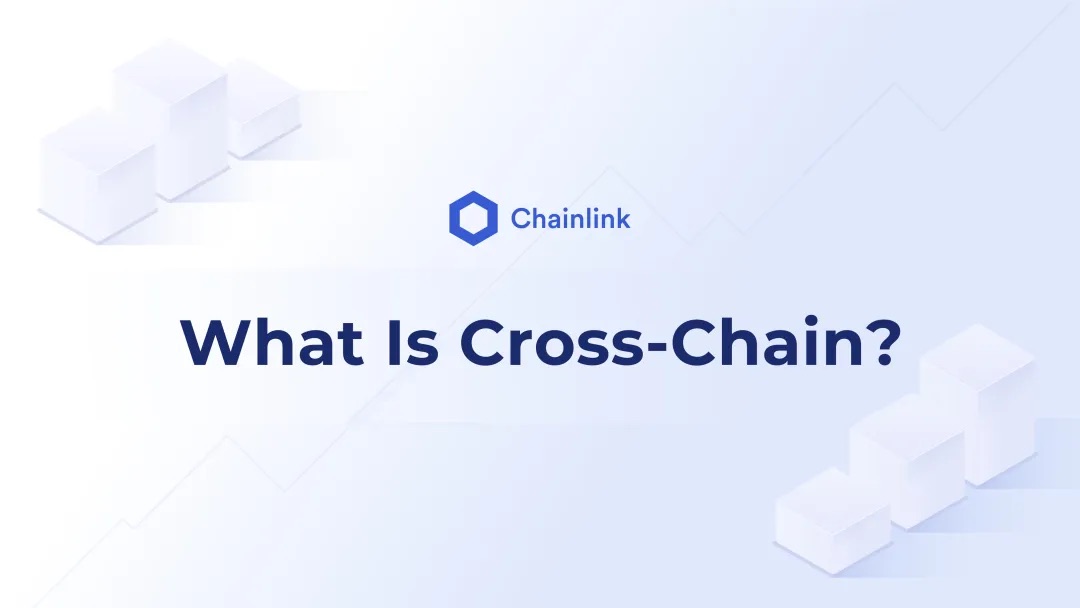
The Web3 ecosystem tends to be more and more multi-chain, and dApps exist in hundreds of blockchains, 2-tier networks, and application chains. However, the blockchain itself does not have the ability to communicate with external systems or APIs. This limitation prevents blockchains from communicating not only with existing network infrastructure, but also with other blockchains.
Cross-chain Interoperability ProtocolCross-chain Interoperability Protocol。
The following article introduces the meaning of cross-chain in the blockchain concept, outlines how cross-chain messaging solutions work and their limitations, and examines the upcomingCross-Chain Interoperability Protocol (CCIP)first level title
Why is cross-chain communication important?
Cross-chain interoperability is conducive to the integration of different Web3 ecosystems, and at the same time plays a vital role in connecting existing Web2 infrastructure and Web3 services. By enabling cross-chain smart contracts, cross-chain interoperability solutions reduce ecosystem fragmentation and unlock higher capital efficiency and better liquidity conditions.
image description
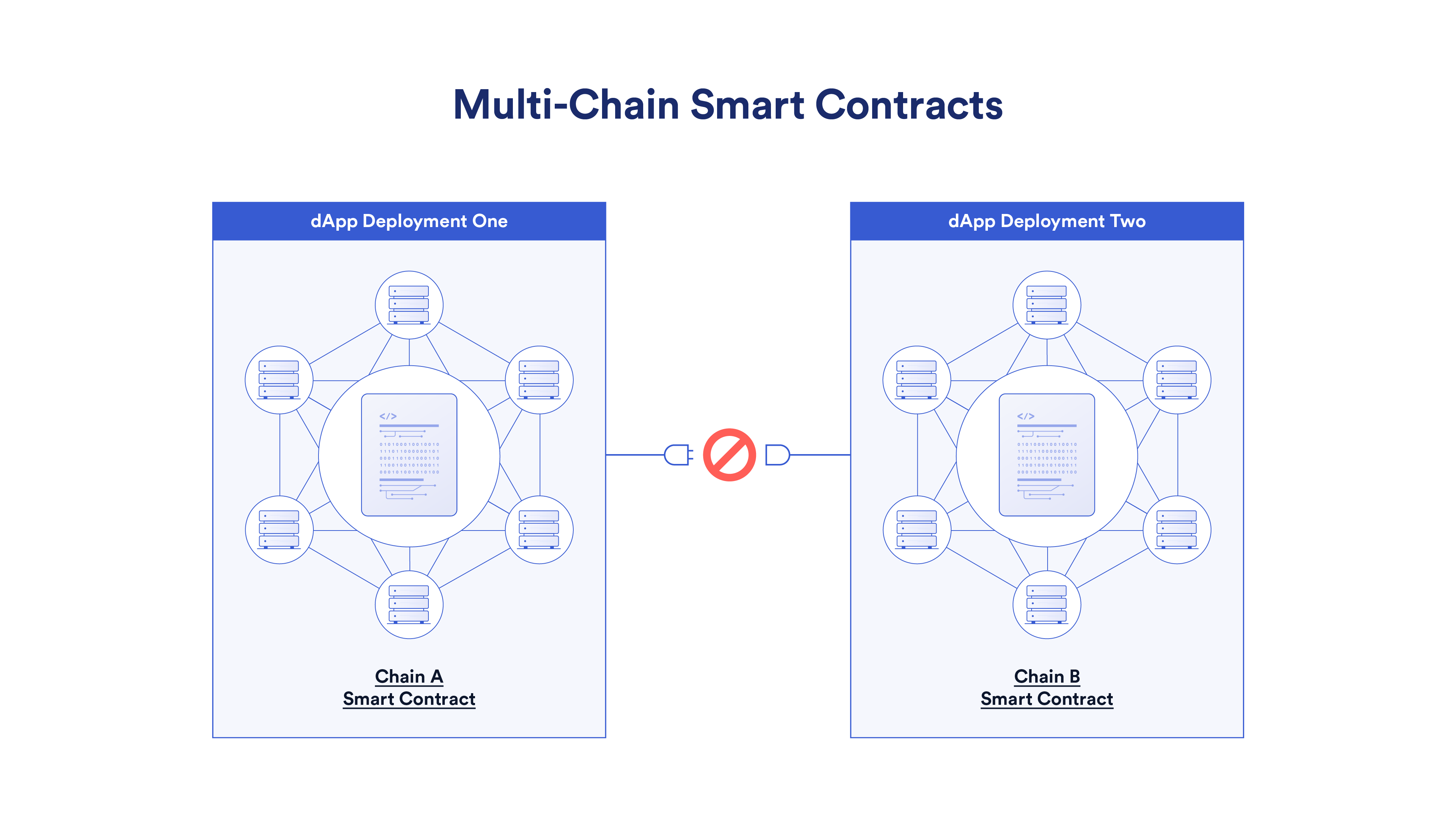
In a multi-chain environment, each dApp instance is an isolated set of smart contracts with no connection to other blockchains
image description
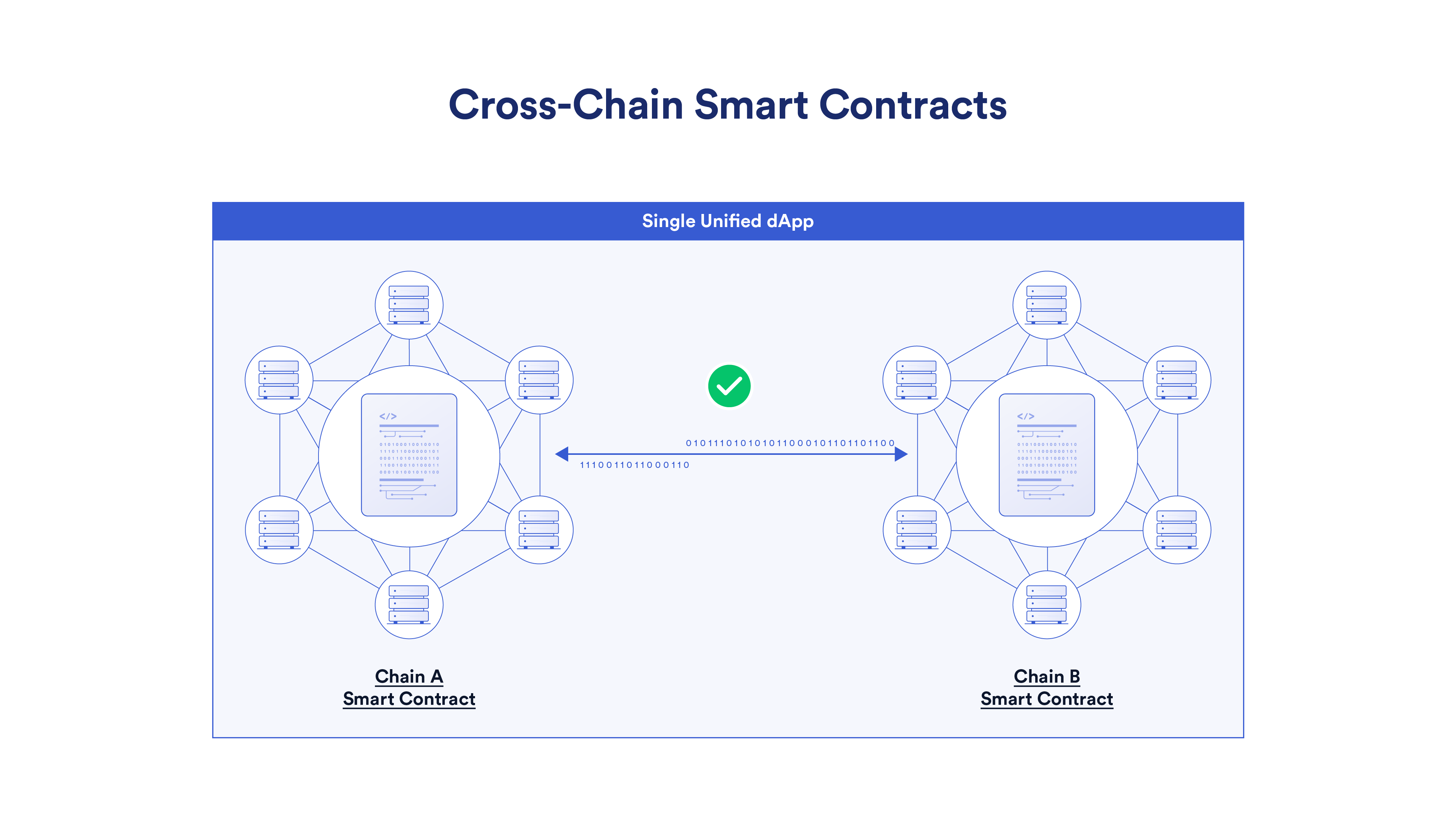
first level title
What is the principle of cross-chain technology?
Cross-chain solutions typically involve verifying the state of the source blockchain and relaying subsequent transactions to the target blockchain. Both of these functions are necessary to accomplish most cross-chain interactions.
Cross-chain bridgeCross-chain bridge, which enables the transfer of tokens from a source blockchain to a target blockchain. Cross-chain bridges typically involve locking or burning tokens via a smart contract on the source chain, and unlocking or minting them via another smart contract on the target chain. In fact, a cross-chain bridge is a cross-chain messaging protocol for a very narrow use case - transferring tokens between different blockchains. Therefore, a cross-chain bridge is usually an application-specific service between two blockchains.
A cross-chain bridge is just a simple application that provides cross-chain functionality. Programmable token bridges support more complex cross-chain interactions, such as exchanging, lending, staking, or depositing tokens in transactions that perform cross-chain functions, while arbitrary data messaging protocols provide more general cross-chain functionality, which Can support the creation of more complex dApps, such as cross-chain decentralized exchanges(DEX), cross-chaincurrency marketfirst level title
Challenges Facing Cross-Chain Solutions
There are technical challenges in cross-chain interoperability that did not exist in previous multi-chain design paradigms. However, if these security issues can be resolved, cross-chain solutions can open up a whole new functionality to the blockchain.
Cross-chain communication inherently requires security, trust, or flexibility trade-offs that interactions occurring on a single blockchain do not require. This also means that composability between smart contracts on different blockchains can only be achieved through trade-offs in terms of security, trust assumptions or flexibility.
Cryptoeconomic systems are only as resilient as their weakest point. Even if the underlying network is secure, weaker security cross-chain messaging protocols can expose funds to attack. A key factor in determining whether a cross-chain bridge is safe or not is how many participants need to be compromised before an attack can be successful. In this sense, strengthening the security of cross-chain bridges means increasing the diversity of nodes, or increasing the security of cryptographic verification in the process of verifying and relaying subsequent transactions to the target blockchain.
first level title
Cross-Chain Interoperability Protocol (CCIP)
Cross-Chain Interoperability Protocol (CCIP)is aNothing to do with blockchainimage description
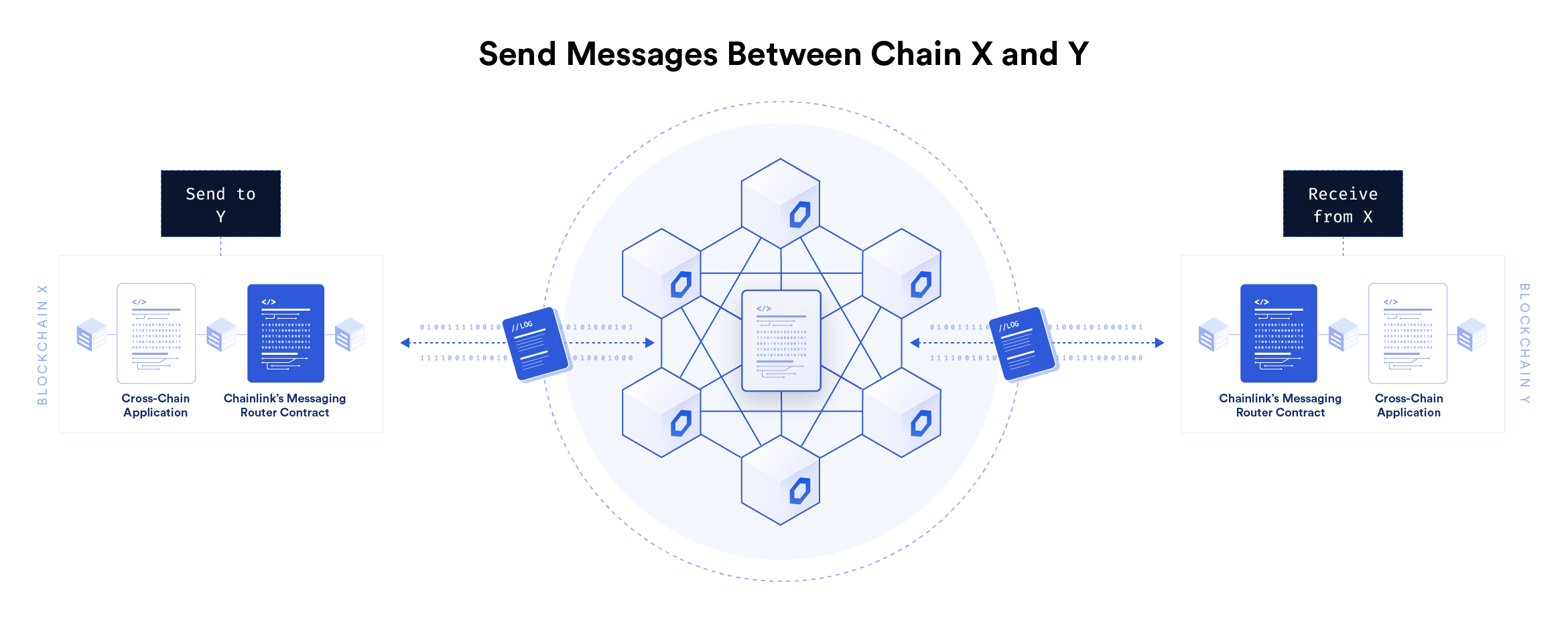
Smart contracts will be able to communicate across multiple blockchain networks, eliminating the need for developers to write custom code to build chain-specific integrations
Because the cross-chain bridge was hacked, the loss caused by more than$2 billionimage description
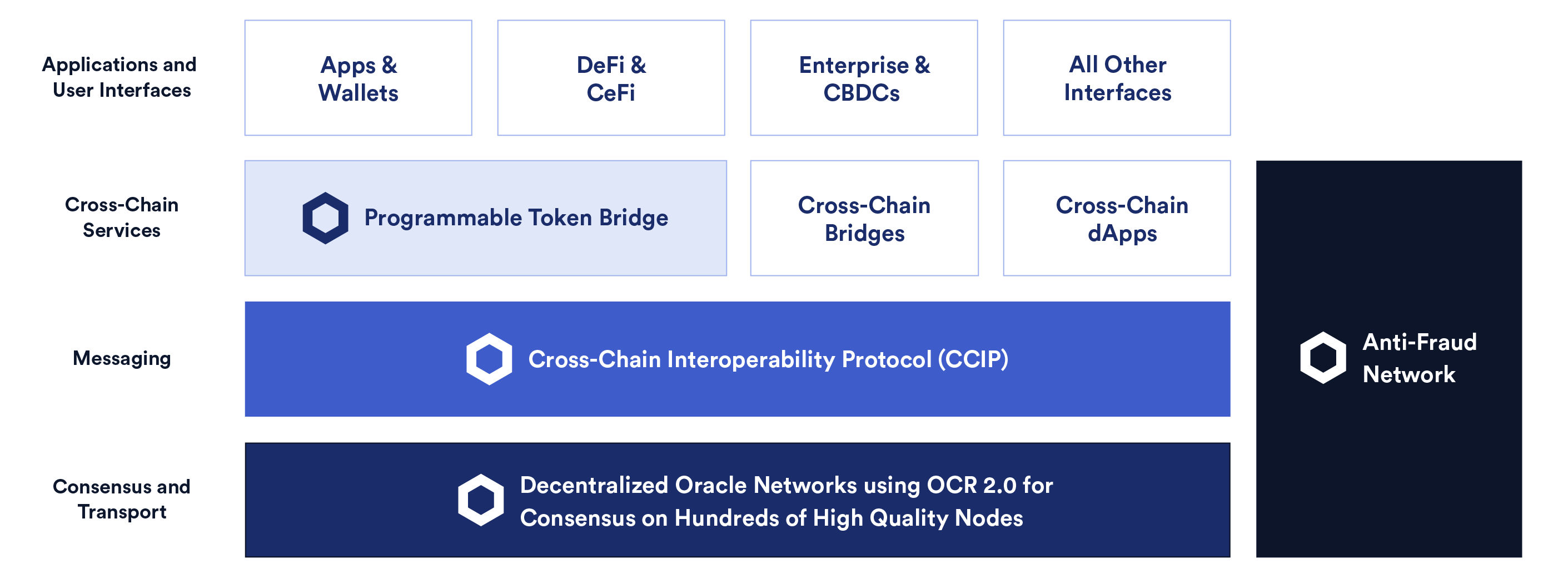
first level title
Improve the scalability of Web3 through secure cross-chain applications
Cross-chain interoperability is an important part of the next generation of Web3, which will help create entirely new use cases and user experiences to meet expectations from the Web2 world. Cross-chain solutions will be key to accelerating Web3 adoption, allowing developers to create complex dApps that can be accessed through a more traditional user experience, and helping businesses, institutions, and governments securely access any on-chain environment.
Welcome to follow the Chainlink oracle and join the developer community by private message. There are a lot of learning materials about smart contracts and topics about blockchain!